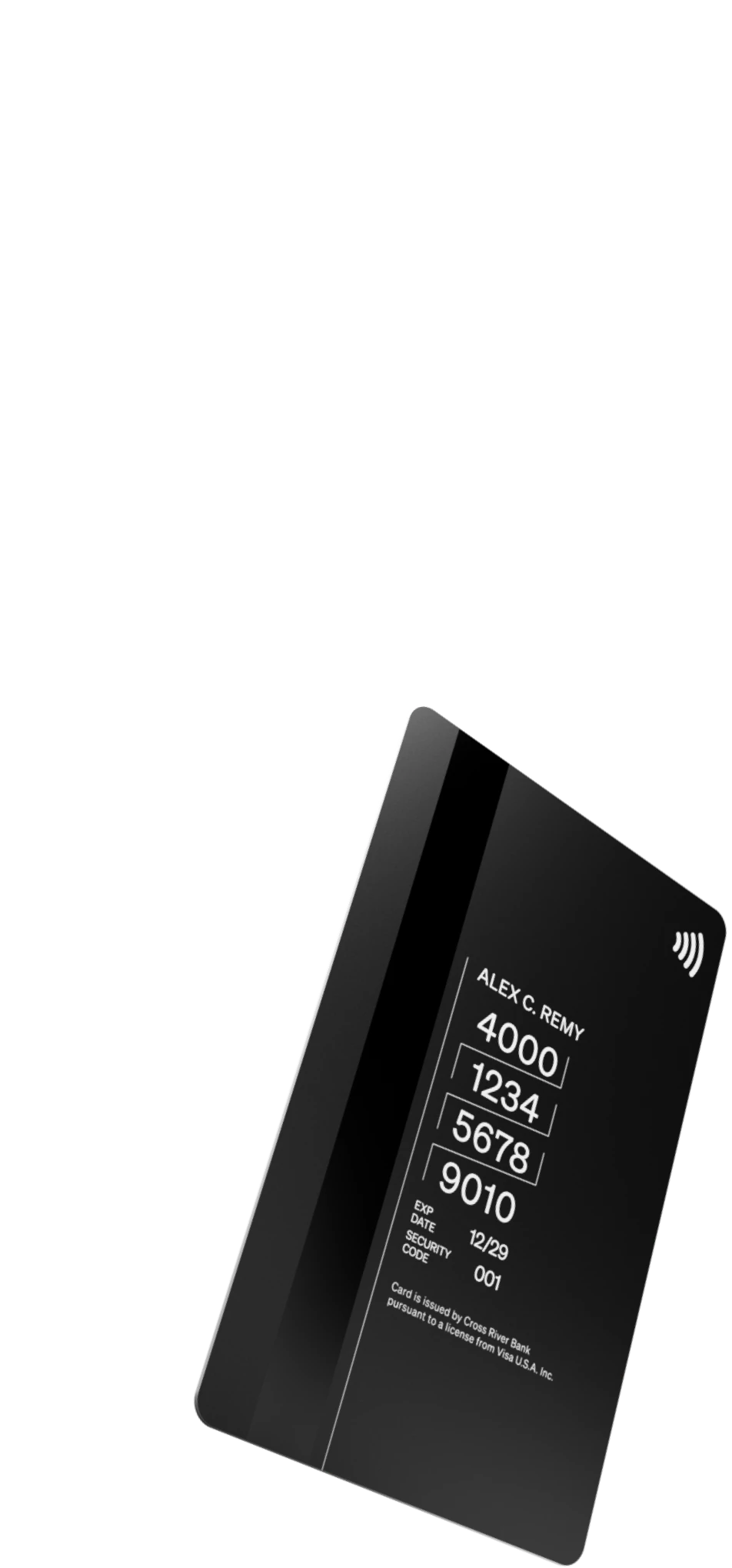Mining vs. Staking: What's the Difference?

Both crypto mining and staking involve earning cryptocurrency passively. The process at which participants earn rewards is most commonly either Proof of Work or Proof of Stake.
Proof of work, or PoW as it’s most often abbreviated, refers to the process of crypto mining. Crypto mining is the process by which new cryptocurrency enters into circulation. It is an involved, expensive, and often difficult process, which allows “miners” to earn cryptocurrency in return for solving complex mathematical problems to validate transactions on a network. Proof of work refers to the fact that the miners are working through the transaction and thus earning a reward in return.
Proof of Stake, or PoS, refers to putting the underlying crypto staked on a network to validate transactions. Crypto staking essentially involves making your cryptocurrency available to authorize and regulate blockchain transactions.
Mining is largely criticized for its environmental impact since so much energy is required to run the hardware that solves the complex computational problems involved in mining. Staking doesn’t involve the same upfront investment in equipment, so it is more accessible to the average person.
What Is Mining?
Mining involves solving exceptionally difficult computational math problems with advanced computer algorithms in exchange for cryptocurrency.
Cryptocurrency is run on decentralized blockchain technology. Because it is decentralized, no single entity, like a bank, is responsible for verifying its authenticity.
Members of the blockchain, called miners, run computers that solve these complex computational problems. This work verifies new transactions on the blockchain, updating the general ledger and ensuring the integrity of the blockchain.
Since this mining work is necessary to maintain the blockchain, miners are incentivized via rewards. Depending on the cryptocurrency and the difficulty rate of mining on the network the reward rates and terms can fluctuate, but in most cases rewards are earned at the point in which the network mines each new block.
Ultimately, miners work as auditors, testing and authenticating the validity of transactions and adding to the blockchain. As completed blocks are added to the blockchain, it also allows for transparency since the data is available to the entire network.
While technically anyone can mine cryptocurrency, it is no longer easily accessible to the general public due to the high-level computational technology involved, including advanced graphics cards, motherboards, and other hardware. Gaming PCs are most commonly used to mine bitcoin. Today, such a high level of computing power is needed that it is out of reach for many people.
What Is Staking?
Staking is another way to validate the blockchain, but it works differently than mining. It involves buying cryptocurrency with the objective to hold it for an undetermined period.
With staking, you put your cryptocurrency in your crypto wallet so the network can use those coins to validate transactions.
Like with mining, new transactions need to be validated on the blockchain. The blockchain protocol chooses validators from those who have put up their coins for staking. People who put up more coins for staking are more likely to be chosen for this role.
Once a new block is validated and added to the blockchain, that block’s validator is rewarded with new coins. The rewards are typically at a variable APY which can fluctuate based on the total participants staked on the network, so it’s best to research which staking you want to do before you dive in as some have quite substantial lock up periods.
With staking, the rewards are called proof of stake (PoS).
Requirements for Mining vs. Staking
Whether you are mining or staking depends on the type of network. Certain networks run on a proof-of-work model, whereas others run solely on a proof-of-stake model.
Bitcoin is the primary proof-of-work network, so staking isn’t an option there. Ethereum 1.0 is also a proof-of-work model; however, the upcoming and soon to be launched Ethereum 2.0 is a proof-of-stake network.
Today, newer cryptocurrencies are generally run on a proof-of-stake model.
Because of the hardware and electricity requirements, mining requires a large upfront investment. You must purchase all the necessary computer equipment and then support the ongoing electricity costs to run the hardware that is mining. This can get incredibly expensive.
With staking, you need to purchase the coins you’ll stake, so this also requires an upfront investment. However, the barrier to entry is considered somewhat lower with staking versus mining.
Environmental Concerns With Mining
Since crypto mining requires such a large amount of electricity to power the computers doing the mining, it’s often criticized for its environmental impact. In addition to vast energy consumption, it’s reported that bitcoin mining results in 34 kilotons of environmental waste each year.
Since the proof-of-stake model doesn’t require this same level of electricity or e-waste, many environmentalists advocate for this model.
With Ethereum 2.0 moving to a proof-of-stake model, some experts believe that mining may become obsolete. Others feel this is unlikely to happen given that Bitcoin was built on mining. Since the network is decentralized, the community would have to vote for this change, and that doesn’t seem likely in the near term.
Which Is Better: Mining or Staking?
There isn’t a clear-cut answer to this question, but overall, staking is more easily accessible since no special hardware is required.
With both mining and staking, participants often form pools where they add their mining work or their coin assets to a pool for mutual benefit. This allows them to earn smaller but more consistent rewards, or coins, and it mitigates risk to the individual.
Mining requires such a large initial investment in hardware and such enormous ongoing energy costs that it is out of reach for most people. While virtually anyone can stake, the protocol rewards those who hold more coins, so the benefits are weighted toward those with more crypto wealth.
With staking, your overall investment value can fluctuate greatly depending on the market, and the cryptocurrency market is notoriously volatile. If the value of the coin you are staked in drops quite a bit, it may negate any interest you earned in the staking process.
The rewards are smaller with staking than they are with mining, but the costs are lower. For the average person, staking is a more viable investment opportunity than mining.
Again, the crypto market is unpredictable. While you may choose to invest some of your funds in cryptocurrency, it’s not a surefire way to increase your money.
References
Crypto Mining. PCMag.
How Does Bitcoin Mining Work? (March 2022). Investopedia.
What Is Mining? Coinbase.
The Next Big Business in Crypto Is ‘Staking,’ According to a Top Expert. Here’s How It Will Work. (March 2022). Fortune.
Some Ethereum Leaders Are Worried People Are Investing in Crypto Mining Equipment That Might Soon Be Obsolete. (April 2022). Fortune.
Climate groups Say Bitcoin Can Be 99% Greener With One Key Change. Here’s Why It Won’t Happen. (March 2022). Fortune.
Bitcoin Electronic Waste Monitor. Digiconomist.
Mining vs. Staking – Which Should You Choose? (May 2021). Crypto News.
Current is a financial technology company, not a bank. Banking services provided by Choice Financial Group, Member FDIC.




